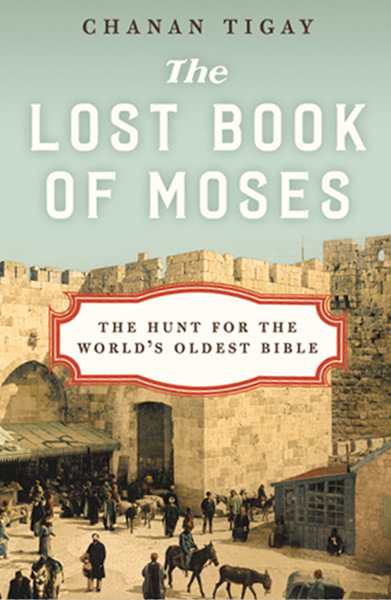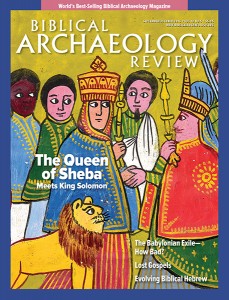ReViews: Unraveling the Truth: Alleged Forgery and the “Oldest Bible”

In the second half of the 19th century, the Middle East became an arena of vigorous competition among the European powers over strategic positions in the declining Ottoman Empire. Eretz-Israel/Palestine, being the land of the Bible and the cradle of Judeo-Christian civilization, served as a central part of this arena, and Jerusalem was its focus. There, pilgrims and missionaries, consuls and archaeologists struggled over a foothold in the holy places and over archaeological objects that were sent to museums in European capitals.
In 1856 Moses Shapira, a Polish-born Jew and a recent convert to Christianity, arrived in Jerusalem and joined the Anglican community of Jewish converts at Christ Church, near Jaffa Gate. By 1860 he became Moses Wilhelm Shapira, a Protestant, a Prussian citizen, husband of Rosette, father of two daughters and owner of a book and antiquity shop, which was described in a Baedeker guidebook as the best in Jerusalem. This shop soon became a popular destination for the many scholars and tourists who visited Jerusalem.
Shapira became famous when he sold about 2,000 items—figurines and pottery vessels bearing Moabite inscriptions—to Berlin’s Altes Museum. Unfortunately, the items were soon recognized as forgeries. Years later, having restored his reputation with great effort, he offered the British Museum several scrolls written in early Hebrew script for a million pounds, claiming that they were an early version of Deuteronomy—allegedly from the time of Moses. These manuscripts drew much international attention, but after a thorough examination they also were identified as forgeries, and in 1884 Shapira committed suicide at a hotel in Rotterdam.
Already a library member? Log in here.
Institution user? Log in with your IP address.

